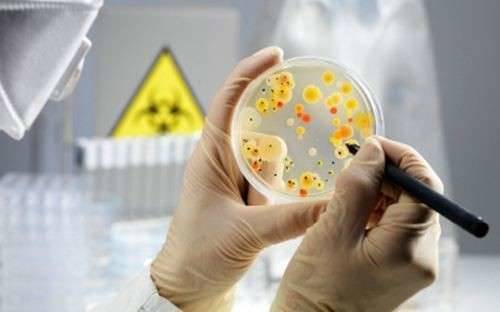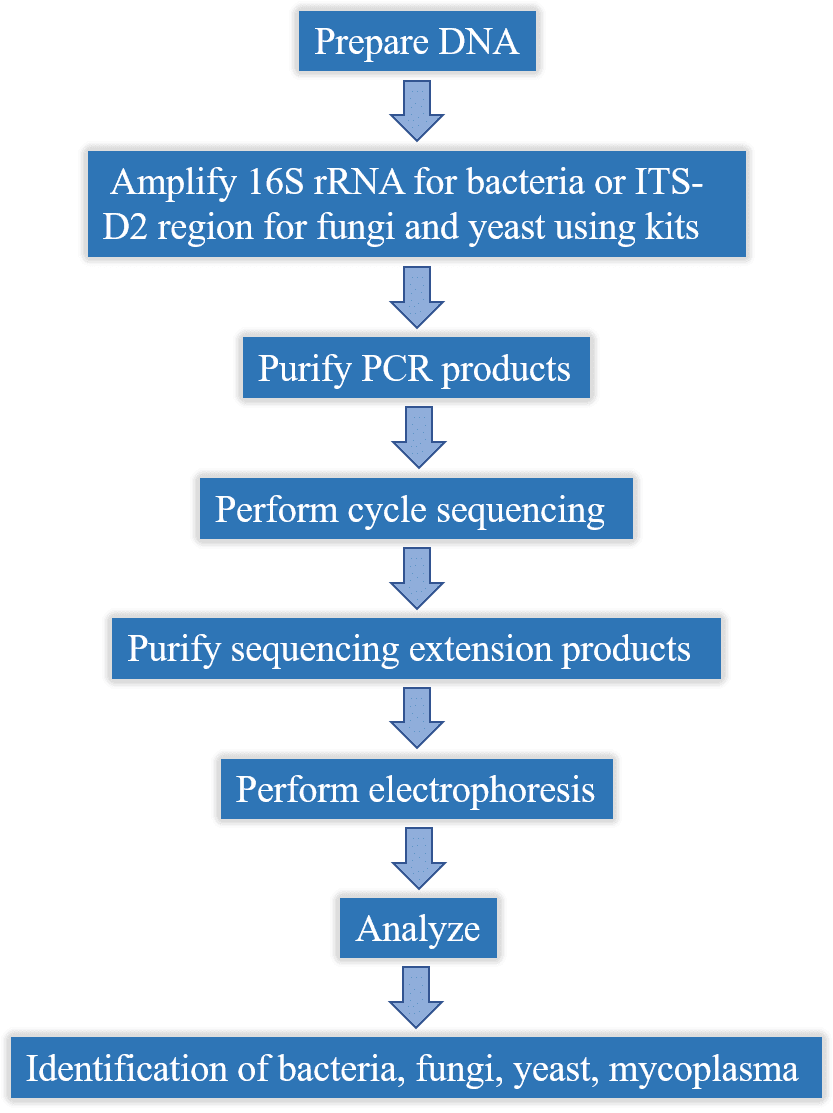
Ribosomal RNA (rRNA) sequencing have been reported to have the highest accuracy for microbial identification and stratification. Our MicroSEQ® platform from Applied Biosystems based on 16S rRNA (for bacteria) and LSU-D2 region (for fungi) sequencing is a highly accurate and fast tool for microbial identification. The success rate of microbial identification down to genus or species level is above 99%. Our microbial identification service is suitable for fast screening of even the most difficult samples.
The microbial identification utilizing MicroSEQ® system is much faster and more reliable than currently used phenotypic methods. 16S rRNA gene and LSU-D2 region sequence analysis can be used to identify poorly described, rarely isolated, or phenotypic variant strains, and routinely used for identification of mycobacteria. What's more, novel pathogens and noncultured bacteria can be discovered using this method. Therefore, our MicroSEQ® platform has been applied to microbial identification tasks like routine QC microbiology for pharmaceutical companies, biotech companies, medical devices companies, public health laboratories, and government agencies.






